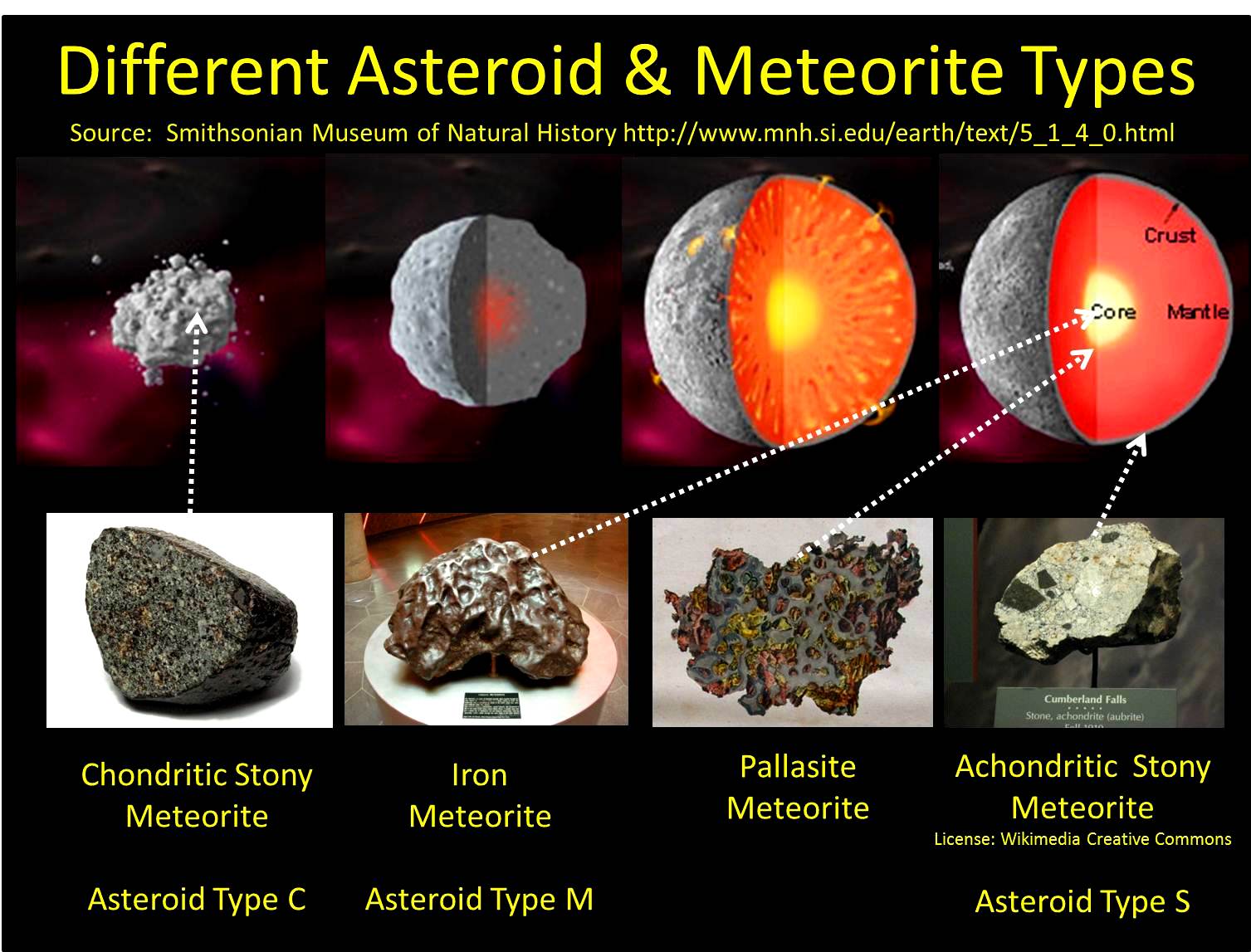

This is the case for two reasons: First, because the lack of an atmosphere makes a much larger number of hypervelocity impacts possible, and secondly because the surfaces of these bodies experience extremely slow weathering, thus preserving the impactite character of a surface regolith that would quickly decay to soil or otherwise weather away on earth. On other planetary bodies within the solar system that lack a substantial atmophere, such as Mars or the Moon, virtually the entire surface of the ground is covered in impactites, and the specific impact that originated many of the affected rocks is difficult to determine.
.jpg)
On earth, most impactites are from a single, known impact event. Formally defined (Stoffler and Grieve, 2007), impactites are "rocks affected by one or more hypervelocity impact(s) resulting from collision(s) of planetary bodies." Impactites are understood and described in terms of their position before and after the impact event as well as by their texture, how and to what extent they have been altered by shock, and by the type or types of rock that make them up.

The various rocks affected by the impact are termed impactites. The collapse stage blends seamlessly into the later stages of weathering, during which cooling of heated rocks, redistribution of water, cementation of disrupted sediment, and the slow flattening of the landscape commences. During this stage, the great hole in the ground that has been carved by the impact flattens out with rebound and collapse, and is filled in by falling fragments of cooling rock. Falling rocks and dust are superpositioned over other layers, particles are sorted, unstable slopes shift and fall, and the centers of complex structures rebound, sometimes hundreds of meters from their compressed position. (for timing, Melosh and Ivanov, 1999 Kenkmann, 2002) The third stage of crater formation, collapse, is a much slower process. Both of these stages occure very quickly. During this phase, masses of disrupted rock move as fluids (acoustic fluidization), zones of unrelated rocks are mixed, and accoustically fluidized solids or melted portions are forcefully injected into surrounded rocks. Excavation redistributes rocks on a massive scale, creating unsustainable slopes, lofting dust, gas, and large fragments into the air, and creating compression and friction heating between grains. The shock wave propagated during contact and compression produces grain scale impact metamorphism while quickly redistributing and melting or vaporizing massive quantities of rock. The shock produced by hypervelocity impact produces changes in target rocks and minerals ranging from broad regional morphological changes such as excavation and faulting to grain scale impact metamorphism such as melting, phase changes, and unique patterns of fracturing.Įach stage of the impact process leaves signatures in the affected rocks.


 0 kommentar(er)
0 kommentar(er)
